

Are you planning on buying a Hot Tub or Spa?
Are you getting confused by the Jargon?
Concerned you are being given the run round by clever dealers who try to hard sell?
Q. What is the difference between a spa, hot tub Jacuzzi and whirlpool?A. Basically, the word "spa" is used to describe any one of a number of jetted, heated, water-filled tubs. According to Webster's Dictionary, a spa is defined as "a celebrated watering place in Belgium; any place, especially a resort, having a mineral spring." Most "spas" are made out of either fibreglass or acrylic. Acrylic spas are, by far, the better of the two types and will provide longer life and service to their owners. "Hot tubs" are made of wood, sometimes with a liner set inside. They can provide you with that "jet action", but without the contoured seating acrylic spas offer. A "whirlpool", the way the word is commonly used, refers to any spa or hot tub's circular "water action". Remember, a "Jacuzzi" is not a generic name for spas. Jacuzzi is a company that makes "whirlpool baths" and spas. Any spa or hot tub will provide you with this "whirlpool action" of the water. We like to refer to all of the above units as Hot Tub Spas. This is kind of a catch-all phrase. "Jetted Bathtubs" are usually made of fibreglass or acrylic and can be used in either new construction, or to replace existing bathtubs. They normally get installed in the bathroom and have a jet pump attached to them. You fill a Jetted Tub each time you want to use it, then turn on the jet pump to get that therapeutic effect. They do not require the addition of chemicals because you drain the water out after each use.
Q. Should I get a portable, self-contained spa or an inground spa system? What's the difference?A. The answer to this question has a lot to do with where you want to put your spa in your home and how much you are willing to have done to your home to accept the spa. Portable, self-contained spas require no external plumbing, excavation or electrical work. They plug directly into a standard 240 volt household wall socket. Most portables can be easily carried by a few people, so you can bring them outside in the summer and inside during the winter months (although many people enjoy using their spa outside even in the winter; it is quite pleasant sitting in a hot spa when it's cold outside!). Portable spas are also beneficial because they can be removed and transported in the event you sell your home and wish to bring your spa with you. Many people build a step right up to their portable spa to give it that "built-in" look, while still allowing them to move the spa when they so desire.
Inground spas can be set in an outside deck, sunk into a cement floor or can be installed semi-inground with a wood or tile deck built around it. Inground spas do require some plumbing, electrical and sometimes gas work before you have the finished product. However, your dealer can arrange all these services for you as well as work with your own private contractors in the event you are also having a room built to enclose your spa. Frankly, an inground spa is initially more costly than the same model in a portable unit, but it will substantially add to the value of your home, while providing you with quite a unique and relaxing luxury.
Q. How heavy are spas? Will my existing flooring support one?A. Most people think of spas the way they do waterbeds - that the water is so heavy that the unit will literally fall through the floor. This notion is far from the truth. Unless you decide to purchase a large spa, most units on the market will not cause your floor to fall in. The fact is, a spa or a waterbed actually exerts less stress per square foot on a floor than your refrigerator or even a 55 gallon fish tank! Because the weight is spread out over a large surface area, most modern construction will support the average spa with no trouble. If you are in doubt, it is best to consult with a structural engineer before installing your spa.
Q. How are spas heated and are they costly to run?A. There are basically two ways commonly used to heat a spa: electricity or gas (natural or propane). Most portable models are heated by electricity. They can be equipped with various heaters ranging in kilowatt power (usually from 1.5KW to 11.5KW). Obviously, the higher the power of your heater, the faster your spa will heat up from a cold temperature. Any size heater will be able to maintain the normal desired heat range (usually between 101 and 103 degrees). All spa heaters are thermostatically controlled, so there is little danger of boiling yourself! With inground spas, you have more of a choice of heaters. When purchasing an inground unit, your heater is a separate consideration. An inground spa package must be thought of as a custom design, each piece of equipment being sized individually depending on the size of the spa shell. You can use either an electric or gas heater with an inground spa. Gas heaters will initially be more expensive than electric heaters, but in the long run they will be less costly to run on a monthly basis. It is impossible to give the exact figures concerning monthly operating costs. Your monthly energy bill will be solely dependent on how often you use your spa and at what temperature.
Q. What options can I add to my spa?A. Spas, both inground and portable, come in a variety of shapes and sizes. Many units have contoured seating and some feature lounger sections that let you fully recline in the spa. We urge you to look at a number of different models before you decide which interior configuration you would enjoy most. You should even get inside one without water in it to see which tub feels best to you. You can add a light to either type of spa. Lights come with a variety of colored lenses that color the water to set the mood of the spa. Many people who did not initially order a light with their spa have since called us to install one (at a substantially higher price though). It is to your advantage to get the light before the spa is delivered to your home. Some models come with an electronic digital readout touch sensitive control pad mounted on the inside of the spa. Aside from looking cool, it provides you with easy access to all the functions of the tub. On inground spas (and on certain portables), you have your choice of exactly where the jets are located in the spa. You can not only choose the number of jets, but their color as well. You can also choose between fully adjustable and non-adjustable jets which will affect the direction of the water flow through them. You may want to add an Ozonator to the spa as well. Ozonators automatically inject sanitizer into the spa water in the form of Ozone gas, making the spa easier to care for. Make sure you ask your salesperson which options are available on the particular model spa you are interested in as all options are not available on all spas.
Q. How should I shop for my spa ?A. Buying a spa is a decision you shouldn't feel rushed or pressured into, so be sure to ask the dealer a lot of questions. Like shopping for anything else, knowledge is everything. Before you take the plunge into buying a spa, ask for a private "test soak" so you can feel the jets and the overall comfort of the spa. Here is a checklist of things to consider and questions to ask. Feel free to print it out and take it with you when you comparison shop ! Learn about the spa's specific features,
ease of use and maintenance.
Q. What should I look for in the company I decide to get my spa from?A. Many companies are selling spas these days, and while competition is healthy for business, it can be disastrous for the uninformed consumer. Quite frankly, many firms are selling spas as a side line and are not really knowledgeable about the workings or servicing of their product. Mass merchandisers are also getting into the spa business, and while they sometimes may sell spas rather cheaply, they offer no real in house warranty or backup service on the products. You'll find the newspapers full of "dirt cheap spa bargains", but you must be very wary of such seemingly "good deals". When purchasing a product such as this, you definitely "get what you pay for". Watch out for companies that offer you incredible prices and deals and then forget you ever existed once you have made your purchase! Check references, company awards, trade affiliations and try to get recommendations from some friends who have spas and are happy with the company they chose.
Q. Can you recommend any other places I can get more information on hot tub spas ?A. Check magazines like Consumer Reports, Pool and Spa & What spa magazine
Some of the points of concern when spa shopping:
What do current owners say about them ? Are they generally satisfied of dissatisfied ?How much should I spend on my spa ?Think about automobiles. You can buy a Luxury Class car like a Mercedes Benz for £80,000 and you can buy a Toyota Auris for £15,000. That does not necessarily mean that the Toyota is a bad car. As a matter of fact it is a great car. It does not try to be a Mercedes and the average buyer of the Toyota is not looking for a Mercedes either. They are simply in different "Classes" of cars. Think of Hot Tub Spas the same way. Not everyone who goes out to buy a spa wants (or needs) a £9000 Luxury Class spa. But there are some people who do. Some people will buy that £80,000 Mercedes as well ! You can buy spas at all different price points and there will be a wide variety of quality available as you go from manufacturer to manufacturer. Not all manufacturers go after the Luxury Class market, but that does not make them a "bad" spa. This is an important point. Don't get "turned off" if a salesman tells you that if you don't get the £9000 spa, all you'll get is junk - that is not true. There are many spas in the £3000 - £4500 price range that are darn good units. They just may not have a lot of the fancy features and "bells & whistles" that the £9000 spa has. However you may not need all those features. Some people go out shopping for a spa with three or four thousand pounds in their pocket and get turned off because the salesmen only try to push the very expensive units by telling them that the less expensive units are not good. A lot of these people end up not buying a spa at all because they don't feel that they can get a good unit in their price range. This is simply not true at all. Remember, you can buy a great spa for £4000 and you can buy a piece of junk for £7000 - so price does not always ensure a high quality product. Many of the larger manufacturers now offer a wide range of price points and quality for their units. If you like a particular brand, you can choose either their "high end" or their "lower end". This is a very convenient situation for many shoppers. A "lower end" unit from a quality company can turn out to be a great spa as well. The reverse situation is also possible. Some manufacturers do produce extremely "low end" units at very enticing price points. However, sometimes you find that both features and quality are lacking in those units. Your best defence is to do your homework and look at a number of different units at different price points from different dealers before you make your final decision. So what does this all mean ? It means that hot tub spas are very relaxing and you will really love having one, but you should be a smart shopper to get the best value for your money.
What do I need for my Hot Tub Spa ?
Where do I start ?So you got yourself a hot tub spa. You love the way it looks. You feel so relaxed lounging in the comfortable seats. Your bones and muscles feel so good when the warm water massages every inch of your tired body. So what next ? What kind of chemicals do you need to keep your water clear and fresh? What should you add to the spa water each week ? How do you keep it clean ? How do you care for the cover ? On no ! Another headache ? Well, it doesn't have to be. Caring for your spa does not have to be a problem, as long as you follow some simple instructions and if you have the right chemicals and accessories at hand. Here on our Web Site, you will be able to find all the information you should learn about your hot tub spa, and get all the products you will need. |
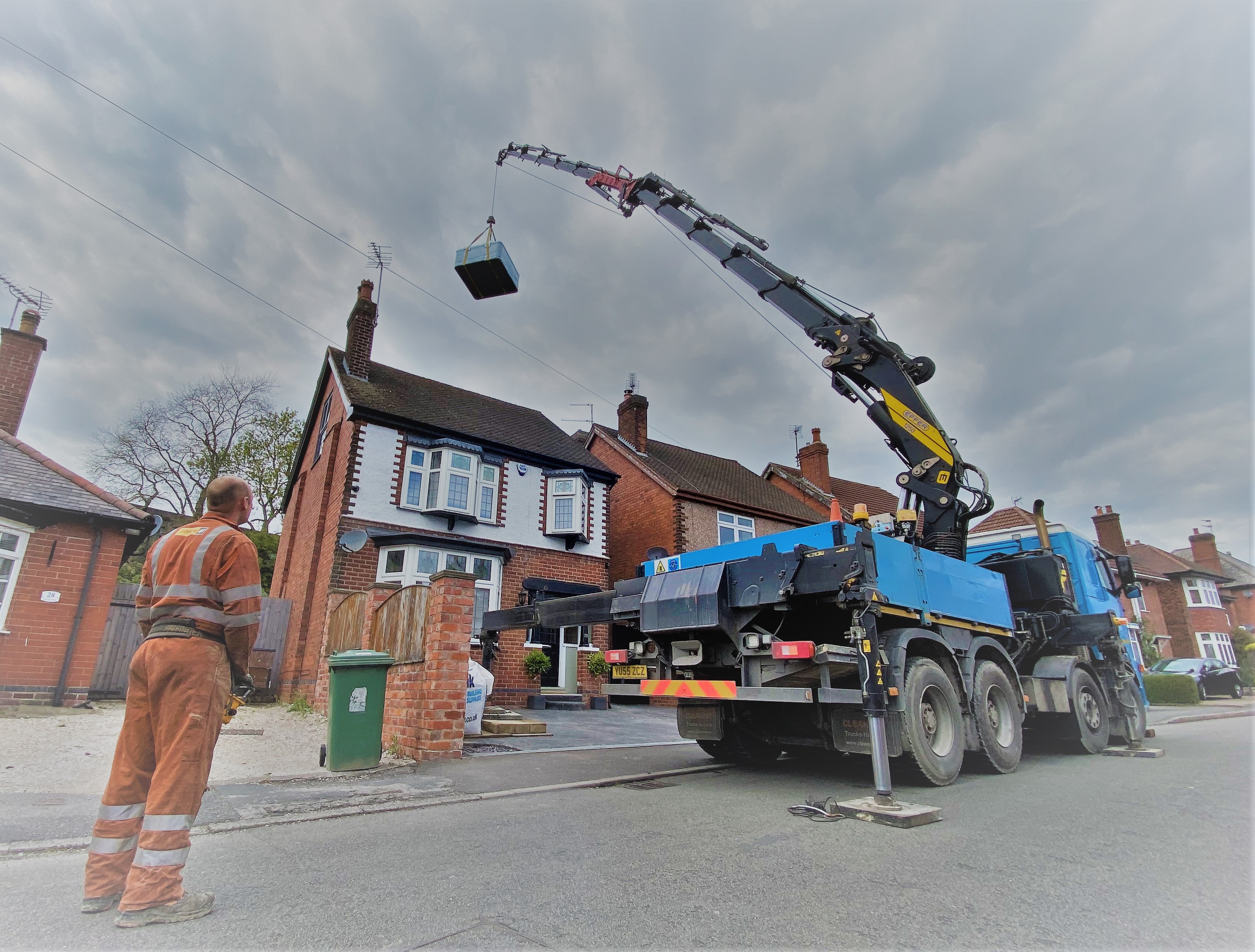

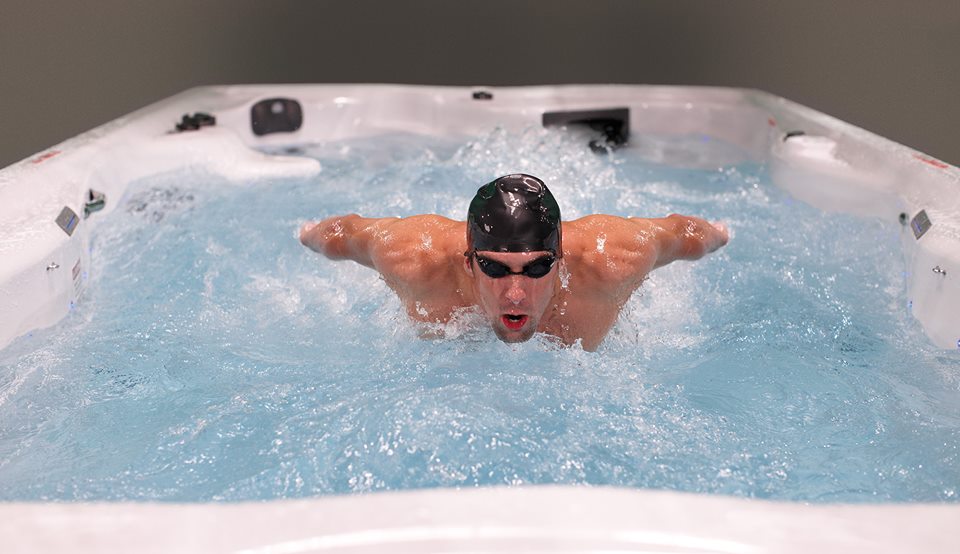
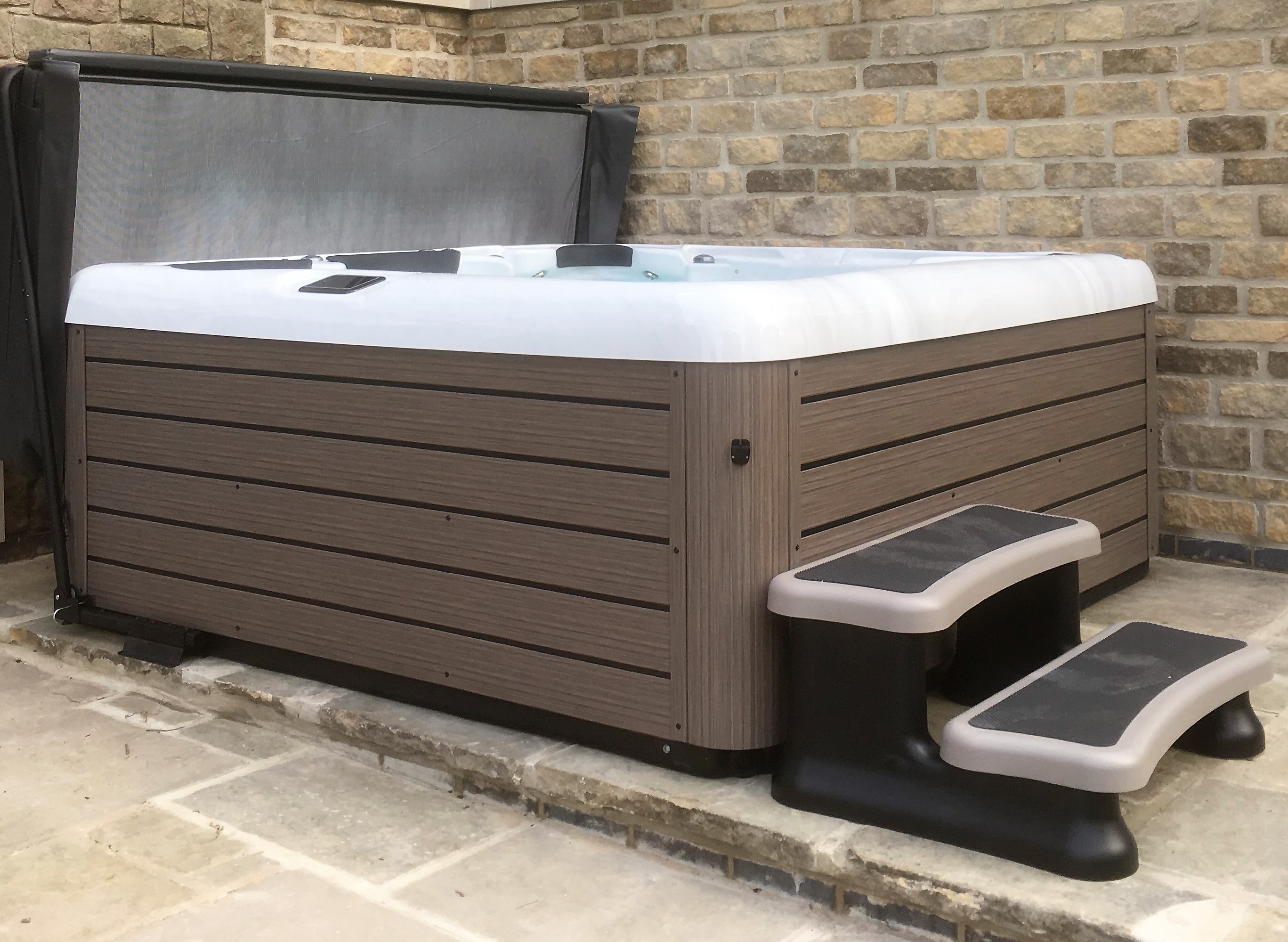
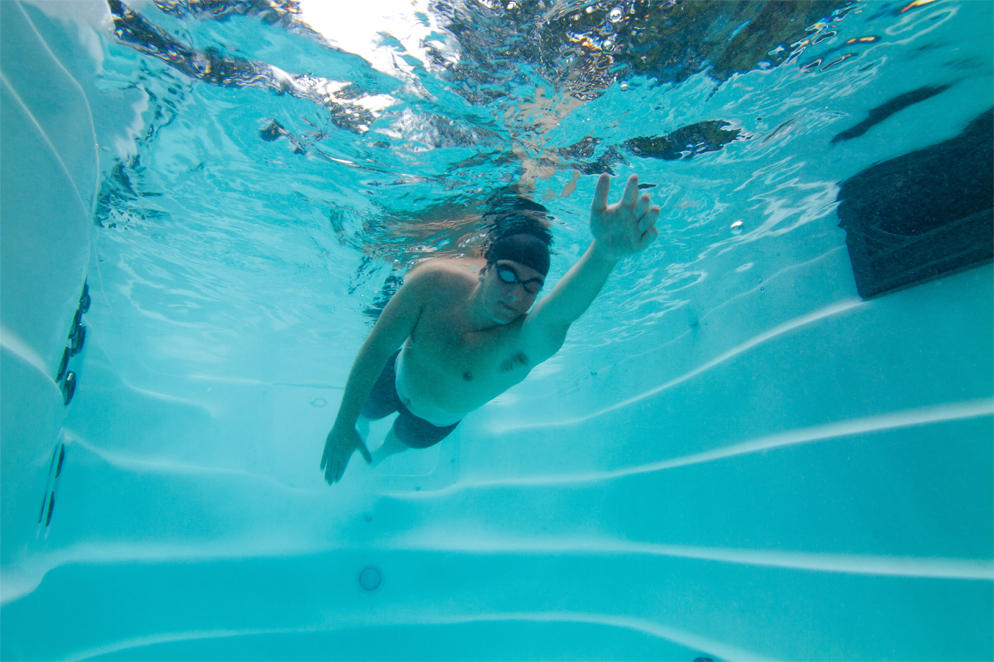
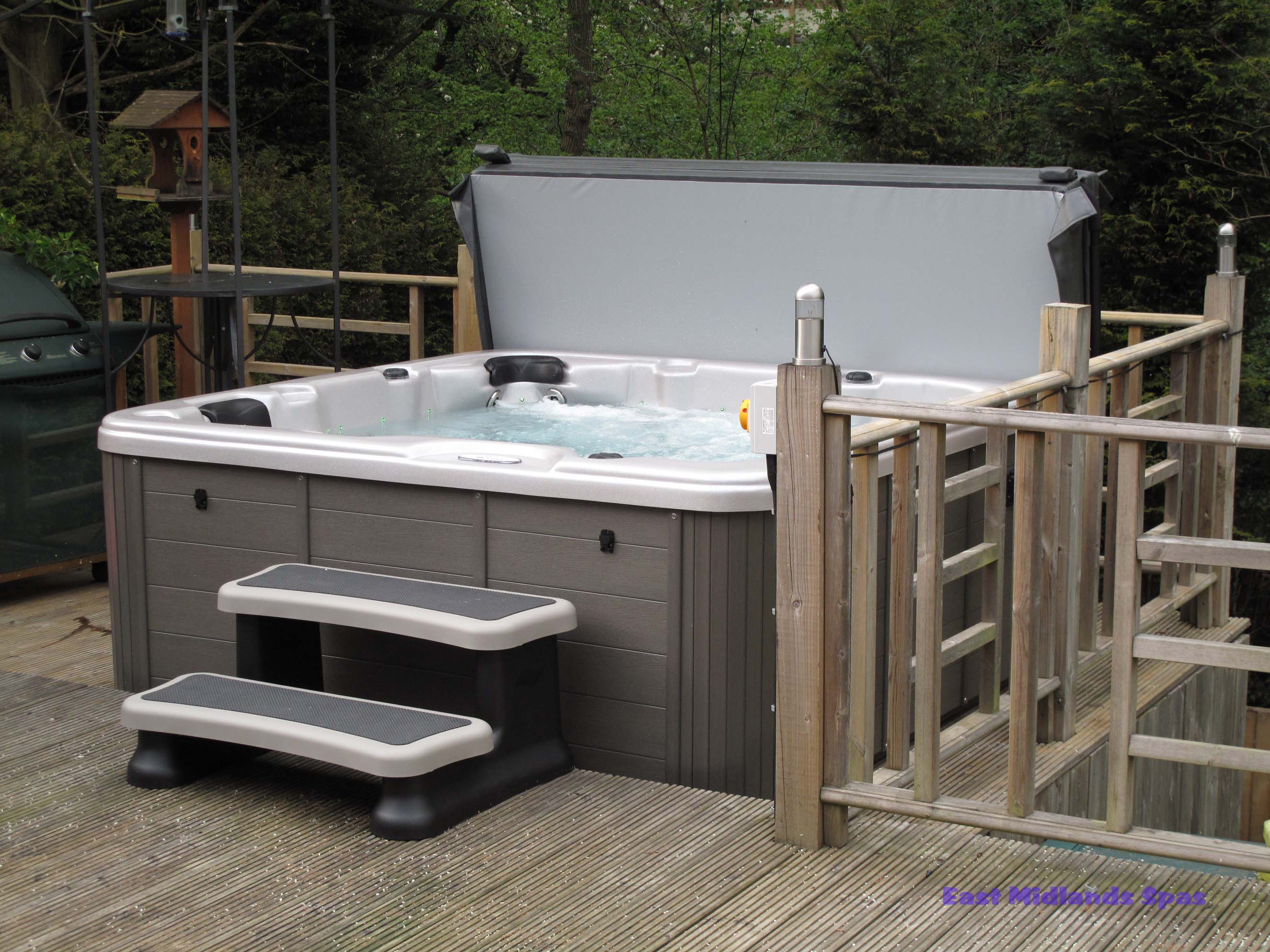
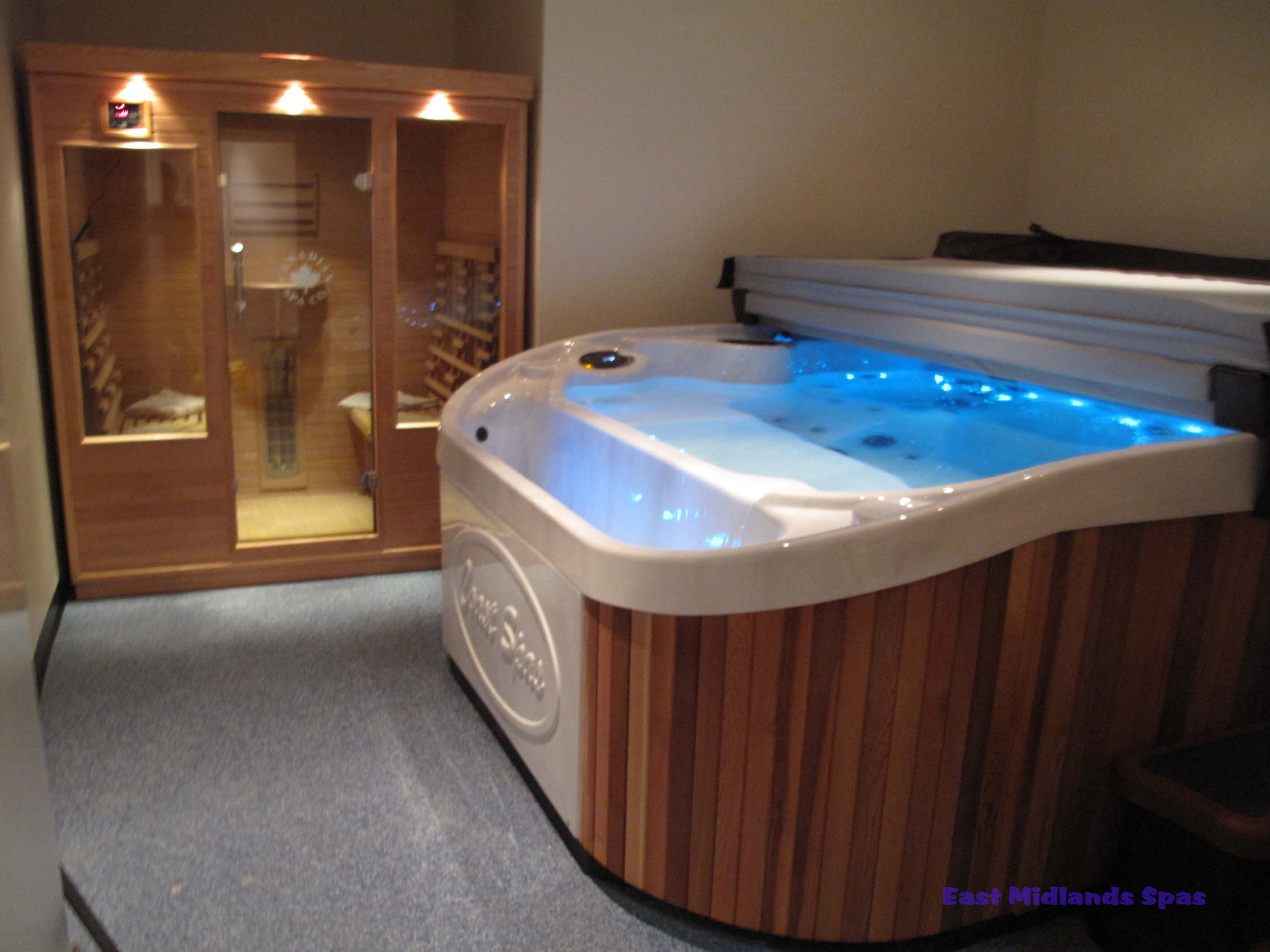
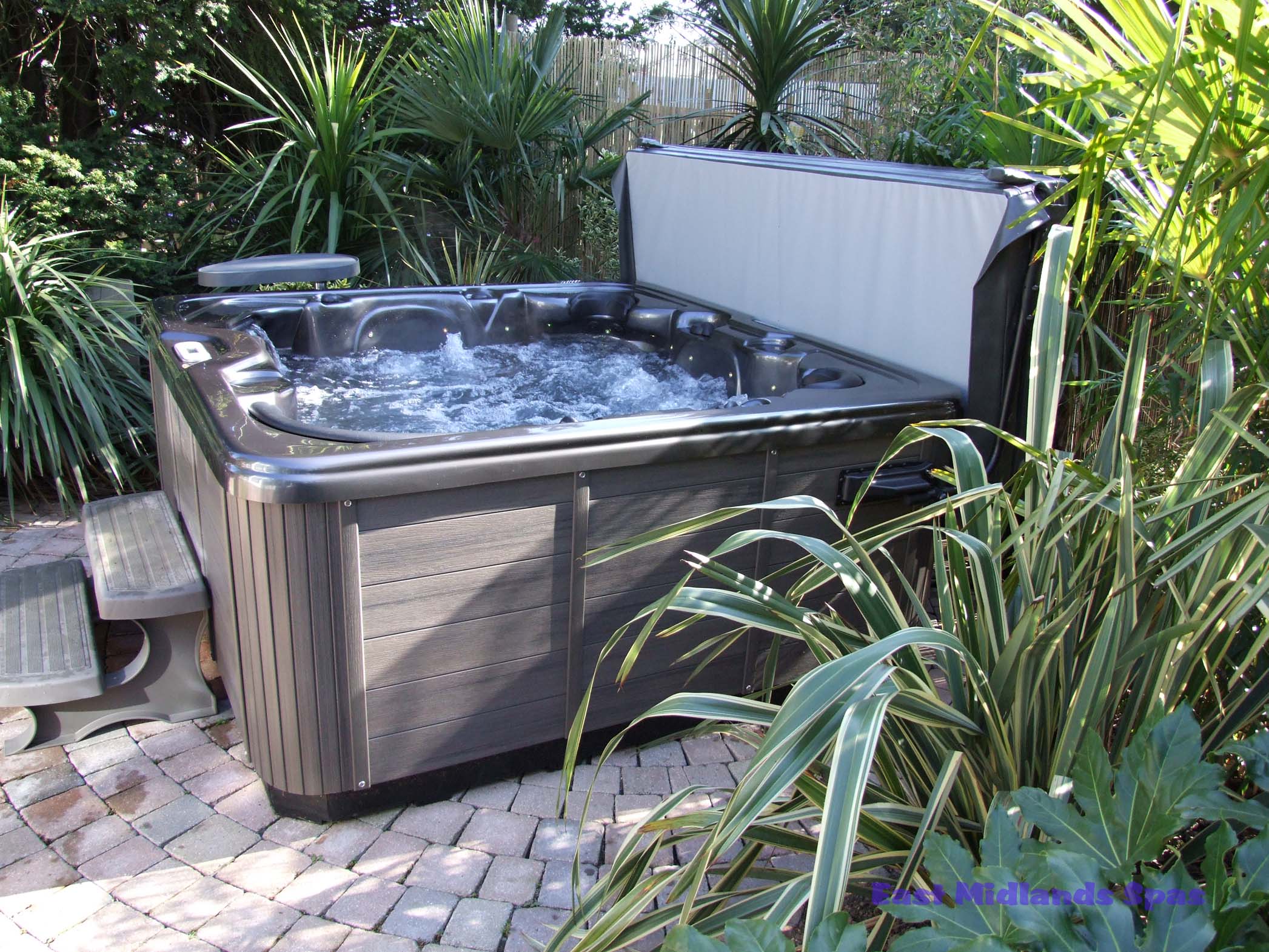
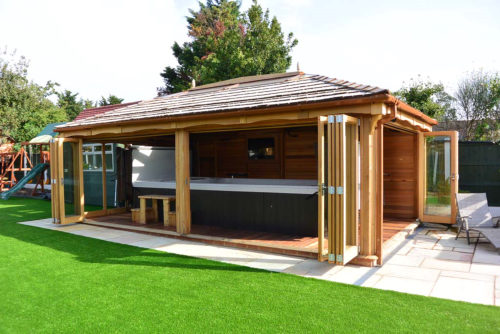
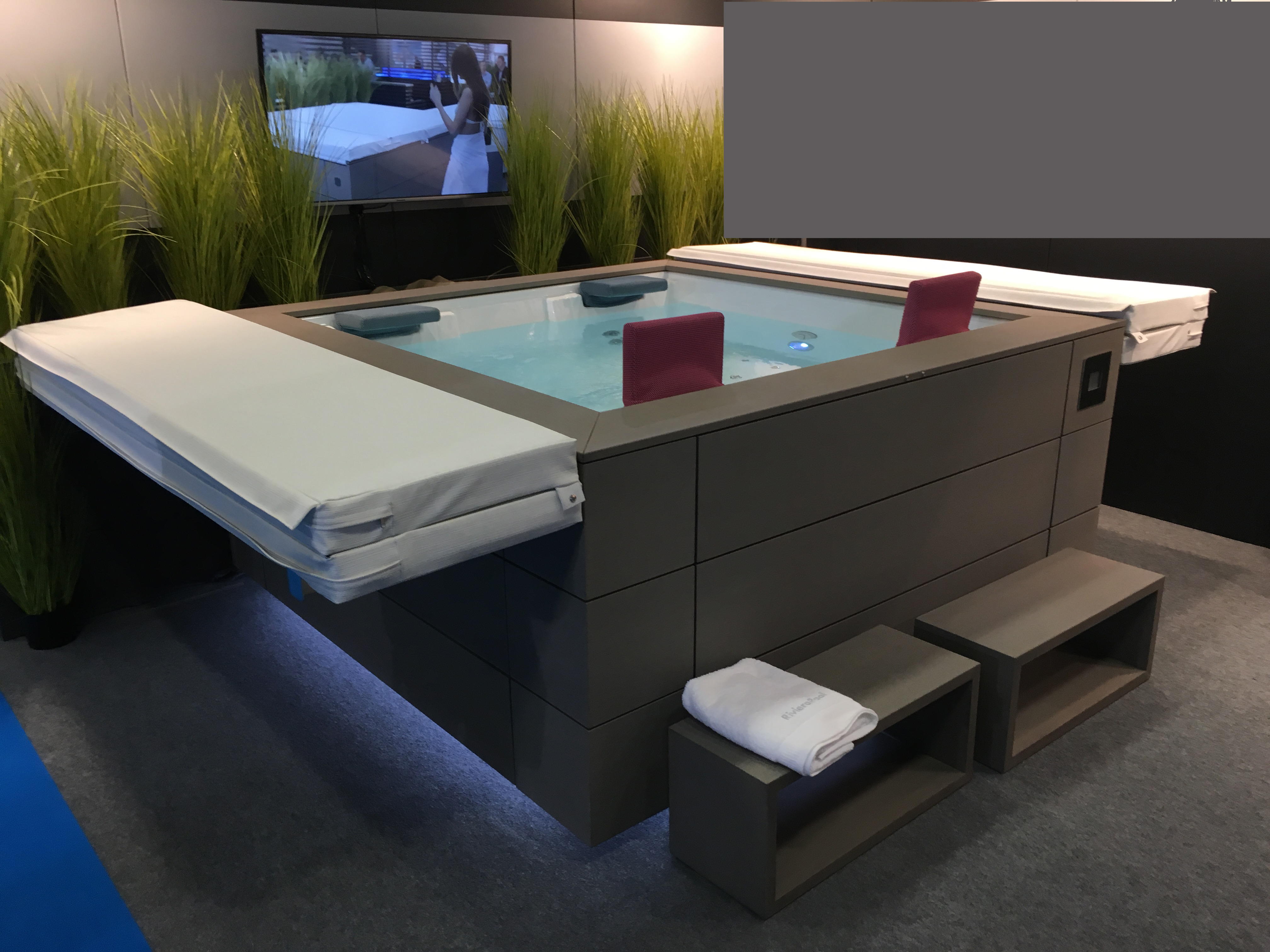
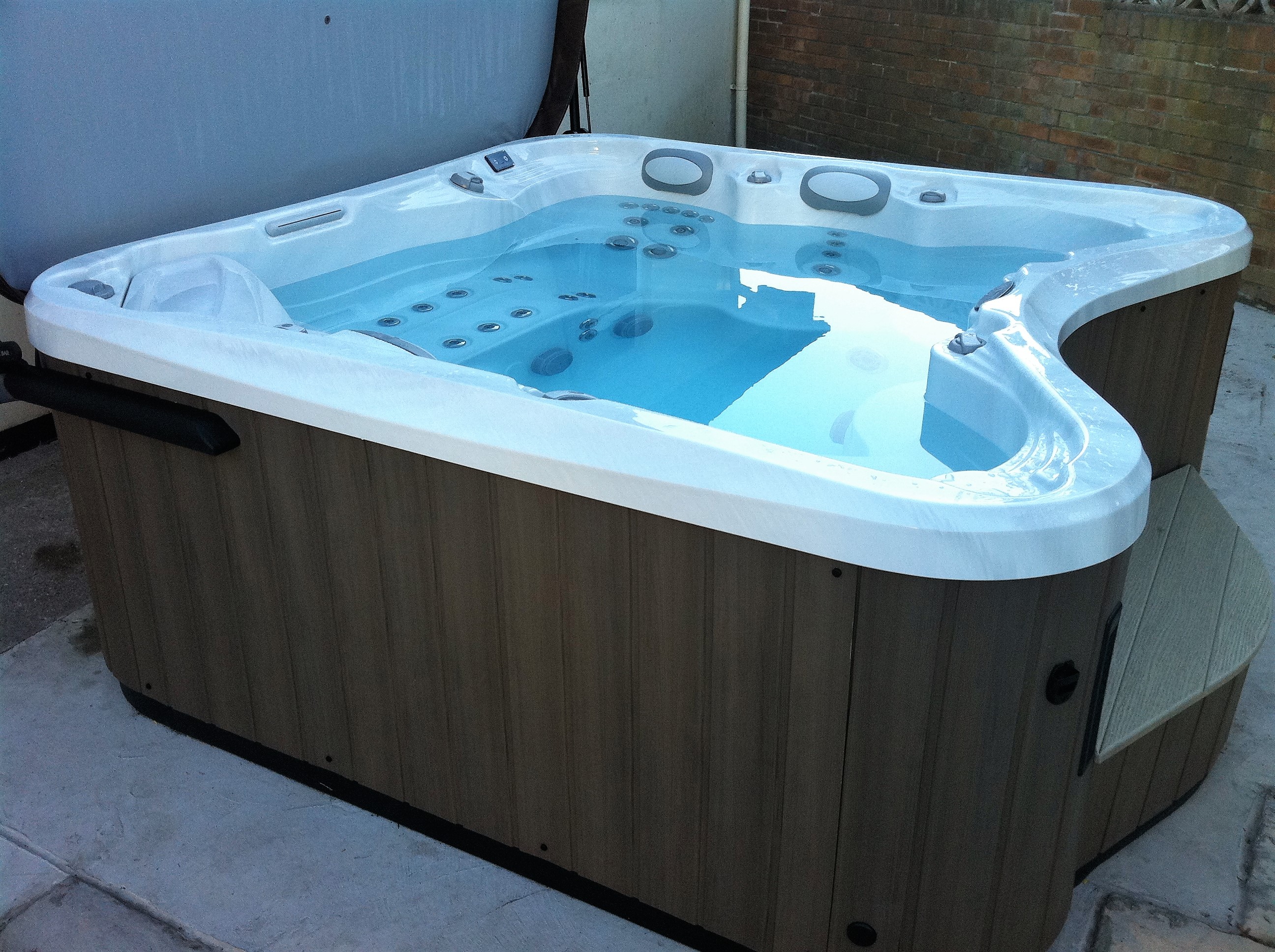
Call us Today for details on how to save pounds, Why Pay More?
Tel: 0800 4102122